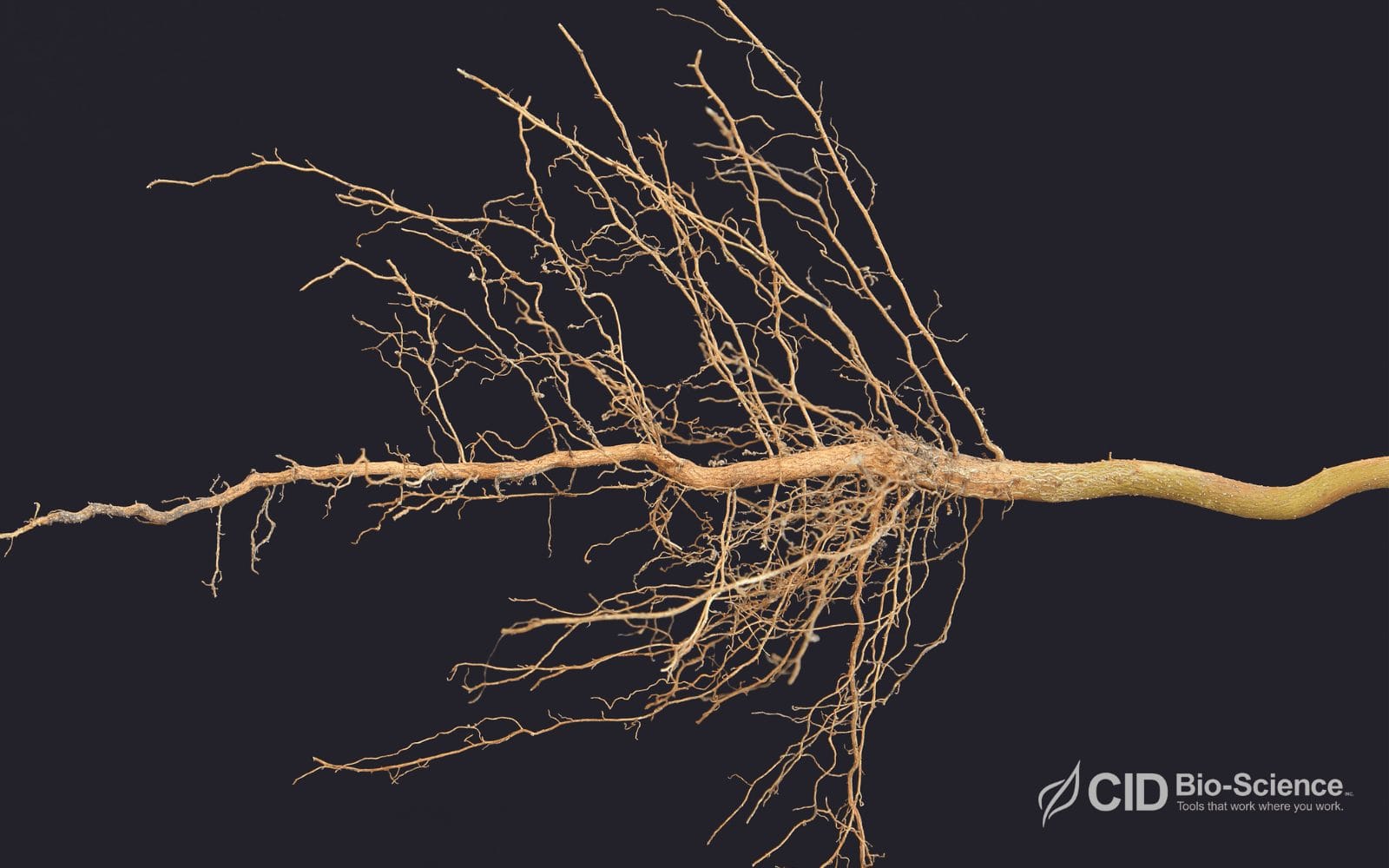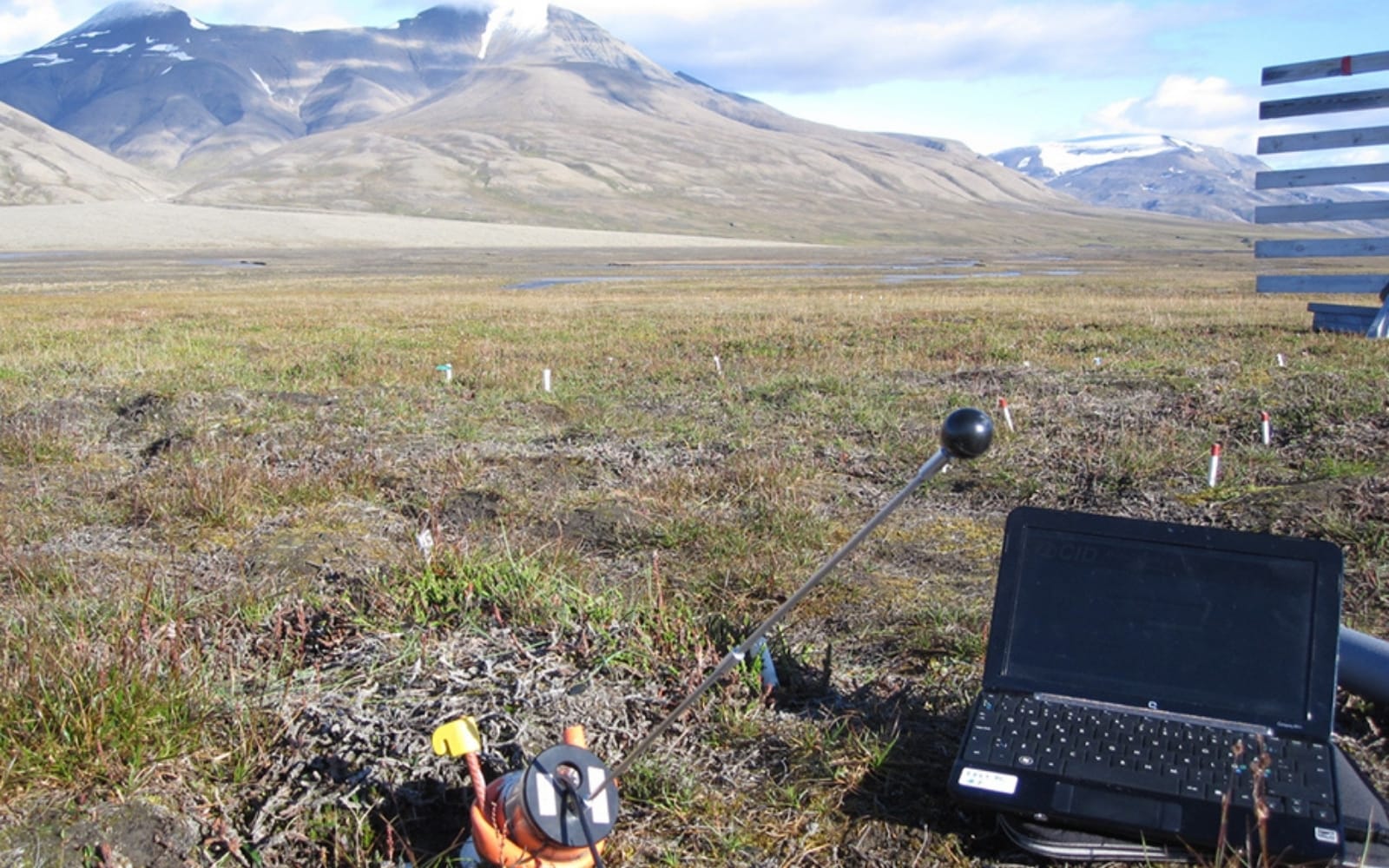Researchers who measure below-ground dynamics often ask which workflow offers the best mix of speed, reliability and long-term usability. This comparison usually comes down to the CI-600 in-situ root imager and the traditional SoilCore plus lab root-scanning pipeline. In this article, we break down both methods and look at speed, reliability, sources of error and… Continue reading…
What Is Root System Architecture and Why Does It Matter?
The root system architecture in plants is complex and dynamic. The factors that determine root form, structure, and function are plant type, root age, and environmental conditions. The available data is still insufficient to provide a comprehensive picture of the influence of factors on root system architecture. The function of root system architecture has been… Continue reading…











